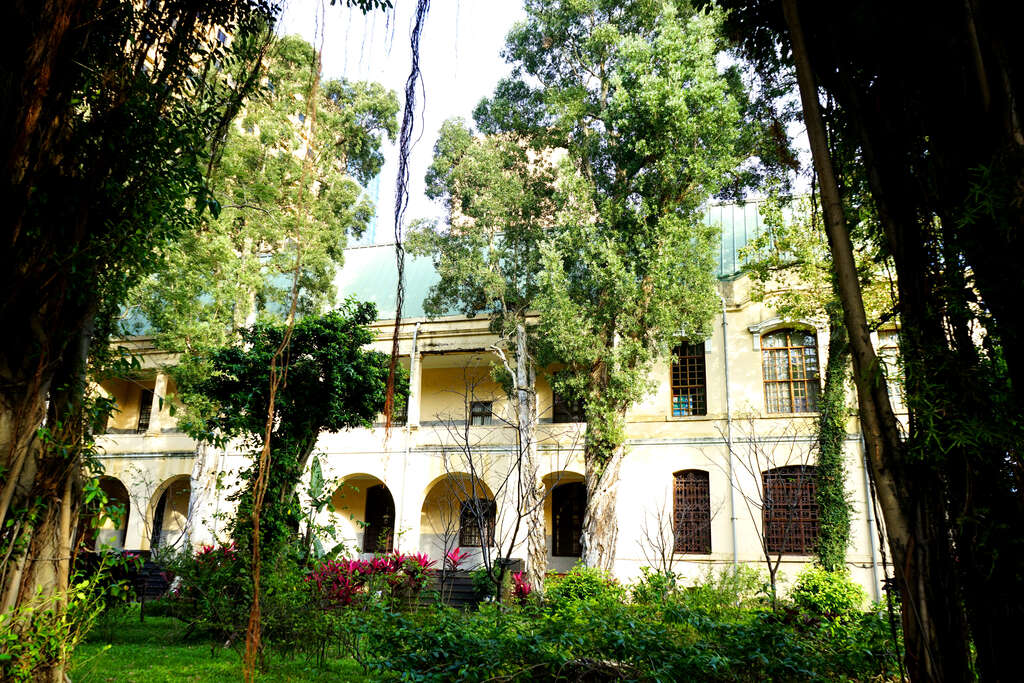National Taiwan University Museum Cluster - Museum of Medical Humanities Introduction
The Museum of Medical Humanities was the campus of the Medical Department of Taihoku Imperial University during the Japanese colonial period. The earliest building began construction in 1907, designed by Japanese architect Juro Kondo, with the main structure completed in 1913. Despite over a century of history and multiple renovations, most of the original architectural features have been preserved. The function of the building has gradually evolved along with the development of the school, serving as classrooms, an administrative center, a hub for medical academic activities in Taiwan, a base for medical education reform, a venue for medical humanities education, and eventually becoming a museum in 2008. The exhibitions in the museum are divided into permanent and special exhibitions. The permanent exhibitions include “The Birth of Life,” “Where Taiwanese Come From,” and “The Struggle of Taiwanese Against Disease.” Special exhibitions are launched every six months, with a display concept centered on the impacts and reflections brought about by the development of medicine, and these exhibitions tour other medical education institutions. The architectural style of the museum belongs to the late French Renaissance style, with beautiful lines and carvings adorning the lobby, main walls, and columns, making it quite grand. The lobby and corridors feature many elegant arches. The original roof design was Mansard-style, covered with slate tiles and copper, with small round windows in the sloping roof. However, a fire occurred in the museum in 1930, which destroyed the roof, and the restoration lost the building's original appearance.































